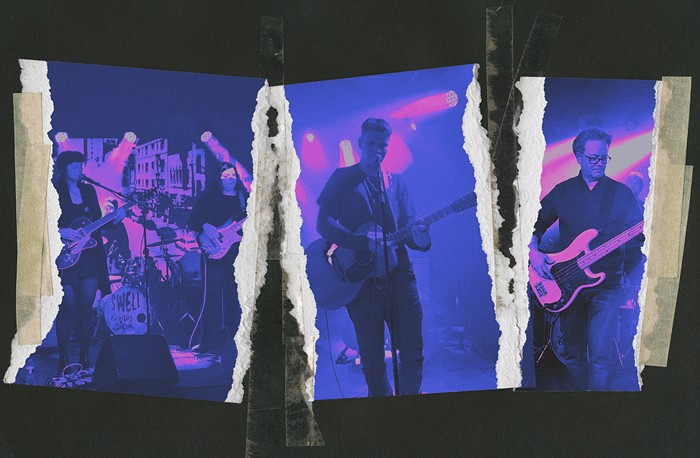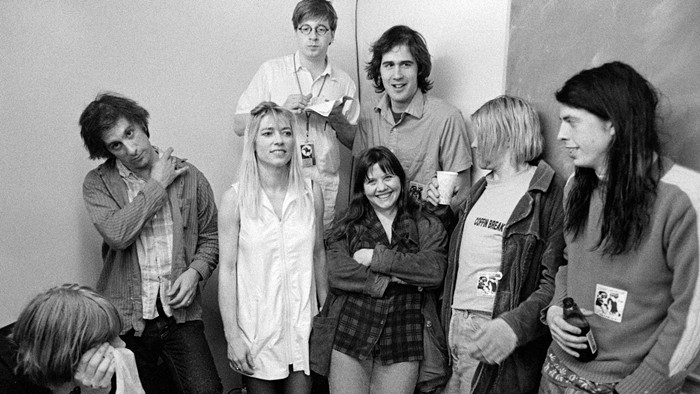The Beatles put his face on the cover of Sgt. Pepper's and even today, the name Stockhausen—punctiliously pronounced by hipsters as "Schtok-how-sin"—alludes to an otherworldly, difficult music that orbits beyond the comprehension of the average listener.
German-born Karlheinz Stockhausen was only in his 20s when he attracted controversy with the Klavierstücke (1952–56), a startling and hermetic sequence of pieces for piano, and Gesang der Jünglinge (1955–56), perhaps the first big hit of electronic music. Conservative composers, musicians, and audiences recoiled and protested, but back then, revolt was in the air. In the 1950s, Stockhausen and his friends, associates, and rivals in the post–World War II avant-garde—John Cage, Pierre Henry, Luciano Berio, Luigi Nono, György Ligeti, Morton Feldman, Iannis Xenakis, and others—reinvented music with bracing textures, quicksilver rhythms, extreme dynamics, unusual instrumental combinations, defiantly nontraditional forms, and above all, dissonance. I know one Seattle composer who remains proud to have stalked out when Stockhausen guest-lectured at the University of Washington in 1958.
Today, Stockhausen's music is not difficult; it's prophetic. Microsound, phonography, and plunderphonics, as well as the myriad and mutant forms of techno, all owe a debt to Stockhausen's innovations in sampling (Hymnen), intuitive music (Aus den Sieben Tagen), graphic notation ("Zyklus" for percussion), live electroacoustics (Mikrophonie I and II), orchestral composition (Trans and Inori), and spatial music (Gruppen and Carré). He's cited as a major influence by the Beatles, Miles Davis, and countless other musicians. Twentieth-century music would not be the same without Stockhausen.
Where, then, to begin with a prolific composer whose magnum opus, Licht (1977–2002), is a weeklong, seven-opera cycle? Anthologized on countless music-appreciation records, Gesang der Jünglinge seems like an obvious starting point, yet the alien Mikrophonie I/Mikrophonie II/Telemusik gets my vote.
In Mikrophonie I (1964), Stockhausen transforms a single large gong into an orchestra of susurrating creaks, whirrs, eerie howls, and lonely thwapping pings. With multiple percussionists and microphones, Mikrophonie I magnifies and unfurls a new sonic universe residing within a single instrument previously assumed to make a big "gong" sound and not much else. Composed the following year, the grizzled, grunting radio-modulated choir of Mikrophonie II evokes a data-corrupted opera received from across the galaxy, despite severe sunspots. The final piece on the disc, Telemusik (1966), may be the greatest work of electronic music you've never heard. A masterly metamorphosis of ethnographic recordings from Japan, the southern Sahara, Bali, the Amazon basin, and elsewhere, Telemusik vibrates with fizzing sine waves, vocodered voices, and audible electromagnetic fields.
You won't find Stockhausen CDs in shops. Like Harry Partch, Sun Ra, and other 20th-century mavericks, Stockhausen established his own record label: Stockhausen-Verlag sells his discs by mail order. Visit www.stockhausen.org for details.


















